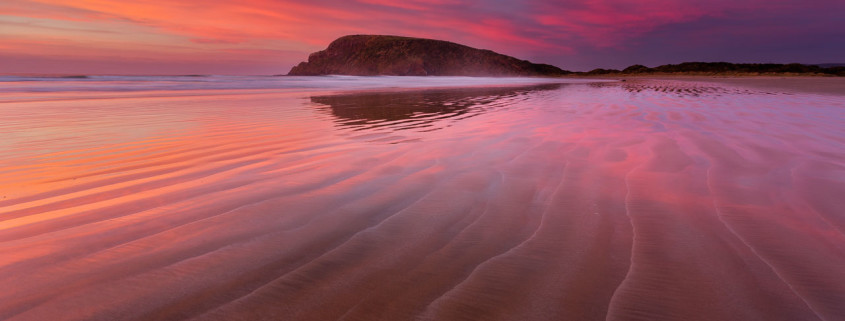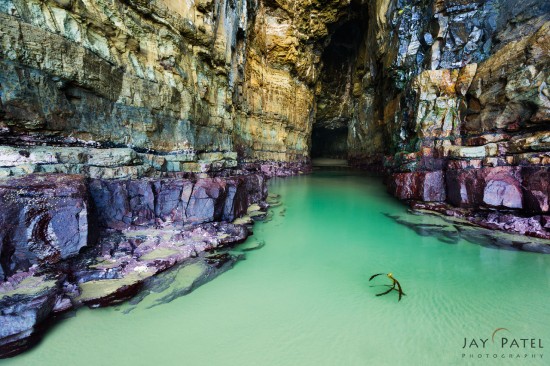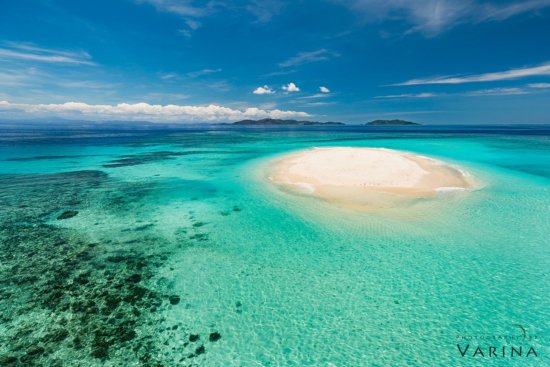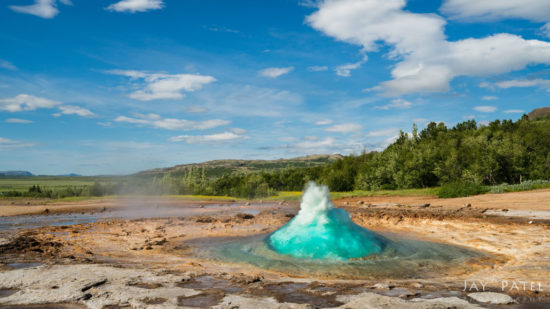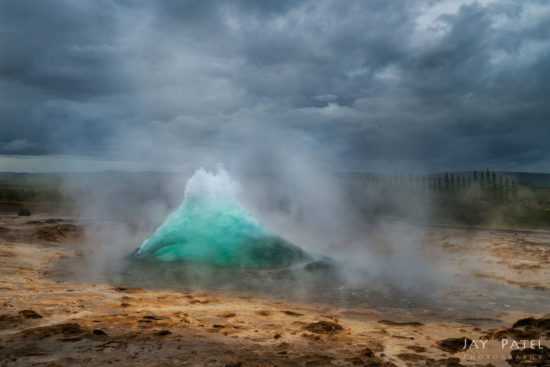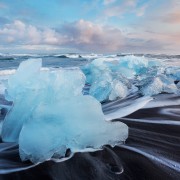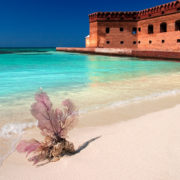Landscape Photography Tips for Beginners to Get Started
If you are just getting started in landscape photography, one of the biggest challenges you will face is the fact that you have very little control over the subject matter. With portrait and studio photography, you can easily control the light, location, composition, and camera settings for the subject you are trying to photography. However, with landscape photography the only thing you can control is your camera settings. The light and weather at any given location are controlled by Mother Nature. Sometimes, even your choice of composition is limited by the ability to access a desired location. This makes it quite difficult for beginners to get started in landscape photography.
To overcome this challenge, most professional landscape photographers adopt a workflow-based approach.
What is a Landscape Photography Workflow?
Workflow defines the series of steps you must take to get that stunning landscape photo that you are dreaming about. These steps include not only what shutter speed and aperture to select, but also what kind of research is required to find this location, how you selected your subject, what time you decided to take the photo, and any creative techniques you used to overcome any unexpected challenges. In other words, landscape workflow defines your approach from start to finish.
Here are some landscape photography tips to help you develop your own landscape photography workflow…
Do Your Research
Long term research about the location, climate, tides, sunset, and sunrise times and seasons allows you to put yourself in the best possible location at the best possible time of the year. However, Mother Nature is not always predictable and conditions may not always meet your expectations. To overcome this unpredictability, we scout on the ground when we arrive; we also talk to locals about interesting places to see and photograph. We found this awesome landscape location in New Zealand by talking to our campsite manager.
What to Shoot
When we are are travelling for landscape photography, our objective is always to maximize our time in the field and to come away with as many fantastic shots as possible. Why? Because travel is by far the most expensive component of landscape photography. By using the travel time efficiently, you can maximize your chances of capturing stunning landscape photos. We pick our subject matter based on the light and weather conditions. For example, we shoot forests and waterfalls under heavy overcast skies while we focus on macros and turquoise water near the beach during the midday when the light is harsh.
How to Compose
How we compose a photo depends upon the subject matter and what we are trying to convey. I got in super-close to the foreground to capture all the colors and textures of the geyser from Iceland in the photos below. There are rules to creating good compositions such as use of leading lines, rule of the thirds, gestalt theory, and complementary colors.
However, composition is just as much art as it is science; blindly following these rules doesn’t always guarantee a photo with impact.
How to Shoot
Choice of equipment and how to take the photo play critical parts in your landscape photography workflow. These technical skills are the only thing you have absolute control over while shooting a landscape photo. Learning to use your photography equipment plays a critical role in capturing the landscape photos. Without technical skills, you cannot capture the photos you envision. Here are two different photos on from our Getting it Right in Camera course taken under different weather conditions where I used fast shutter speed to freeze the motion of the exploding Geyser.
Learn to be Creativity
Even with all the knowledge, things don’t always work out as planned. For this reason, you need creativity. This creativity may be related to photography – such as choosing a unique perspective or composition – but more often, it is non-photography related. For example, I had to figure out how this sea anemone to open up before I can photograph it. To make this happen, I poured some fresh sea water to create the conditions of incoming tide.
Here is a short video where we talk about more landscape photography tip for beginners:
Our Getting it Right in Camera course explores each of these topics in great detail. And then we follow this up with real life case studies so you can get a first-hand look at our landscape photography workflow. Our Getting it Right in Camera landscape photography tutorials avoid complicated, long-winded explanations and feature our simple, step-by-step workflow that we follow every time we are on location.
Additional Resources
The field of landscape photography can be difficult to master because it involves both creativity and technical skills. In addition, a photographer’s development is often non-linear. Some may easily grasp the technical side of photography, while others pick up post-processing more quickly. Some are extremely creative, but have a difficult time with a more technical thought-process. This page provides you with tools to help you improve your photography development in each of these areas.

